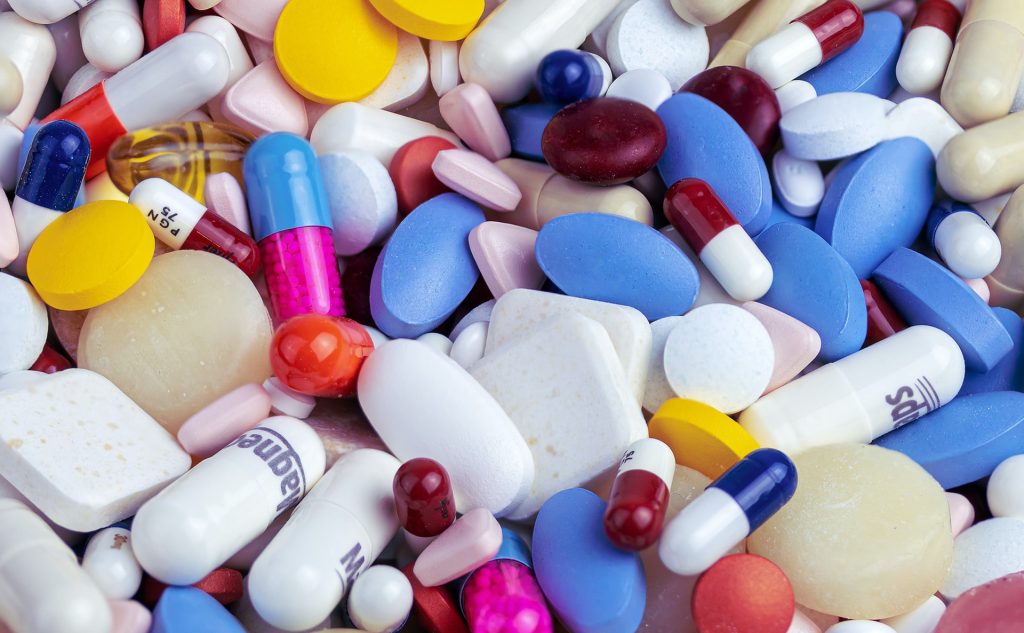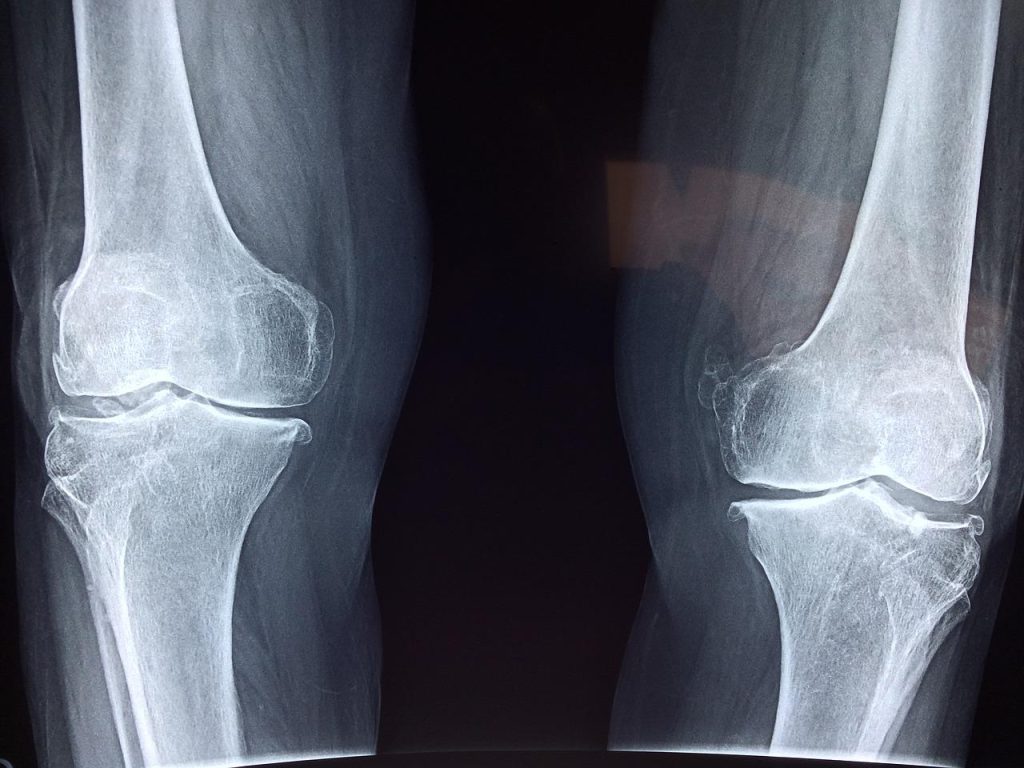Sedentary Time may Significantly Enlarge Teens’ Hearts

In adolescents, sedentary time may increase heart size three times more than moderate-to-vigorous physical activity, according to a paper published in the Scandinavian Journal of Medicine & Science in Sports. The British and Finnish researchers explored the associations of sedentary time, light physical activity, and moderate-to-vigorous physical activity with cardiac structure and function.
Recent World Health Organization reports and guidelines note that more than 80% of adolescents across the globe have insufficient physical activity per day. Physical inactivity has been associated with several non-communicable diseases in adults such as cardiovascular diseases, type 2 diabetes, and cancer. In the pediatric population, the majority of movement behaviour studies have focused on the effect of sedentary behaviour and physical activity on cardiometabolic health which includes blood pressure, insulin resistance, blood lipids, and body mass index.
There has been a gap in knowledge on the effect of sedentary time and moderate-to-vigorous physical activity on cardiac structure and function in large adolescent populations due to the scarcity of device-measured movement behaviour and echocardiography assessment in the pediatric population. A higher left ventricular mass, which indicates an enlarged or hypertrophied heart, and a reduced left ventricular function, which indicates decreased heart function, may in combination or independently lead to an increased risk of heart failure, myocardial infarction, stroke, and premature cardiovascular death.
The current study, which used data from the University of Bristol study Children of the 90s (also known as the Avon Longitudinal Study of Parents and Children) included 530 adolescents aged 17 years who had complete measurements of fat mass, muscle mass, glucose, lipids, an inflammation marker, insulin, smoking status, socio-economic status, family history of cardiovascular disease, echocardiographic cardiac function and structure measures, and accelerometer-based measure of sedentary time, light physical activity, and moderate-to-vigorous physical activity.
On average, adolescents spent almost 8 hours/day sedentary and about 49 minutes/day in moderate-to-vigorous physical activity in this new study. It was observed that both sedentary time and moderate-to-vigorous physical activity were associated with higher left ventricular mass. However, the increase in cardiac mass (3.8g/m2.7) associated with sedentary time was three times higher than the cardiac mass increase (1.2g/m2.7) associated with moderate-to-vigorous physical activity. This finding was observed in adolescents irrespective of their obesity status, ie among adolescents who had normal weight and those who were overweight or obese. Importantly, light physical activity was not associated with an increase in cardiac mass but was associated with better cardiac function estimated from left ventricular diastolic function.
“This novel evidence extends our knowledge of the adverse effects of sedentary time on cardiac health. It is known among adults that a 5g/m2 increase in cardiac mass may increase the risk of cardiovascular disease and death by 7–20%. Engaging in moderate-to-vigorous physical activity also slightly enlarged the heart but it seems an acceptable negative side effect considering several other health benefits of moderate-to-vigorous exercise. Hence, public health experts, health policymakers, high school administrators and teachers, paediatricians, and caregivers are encouraged to facilitate adolescent participation in physical activity to enable a healthy heart,” says Andrew Agbaje, a physician and clinical epidemiologist at the University of Eastern Finland.
Source: University of Eastern Finland





